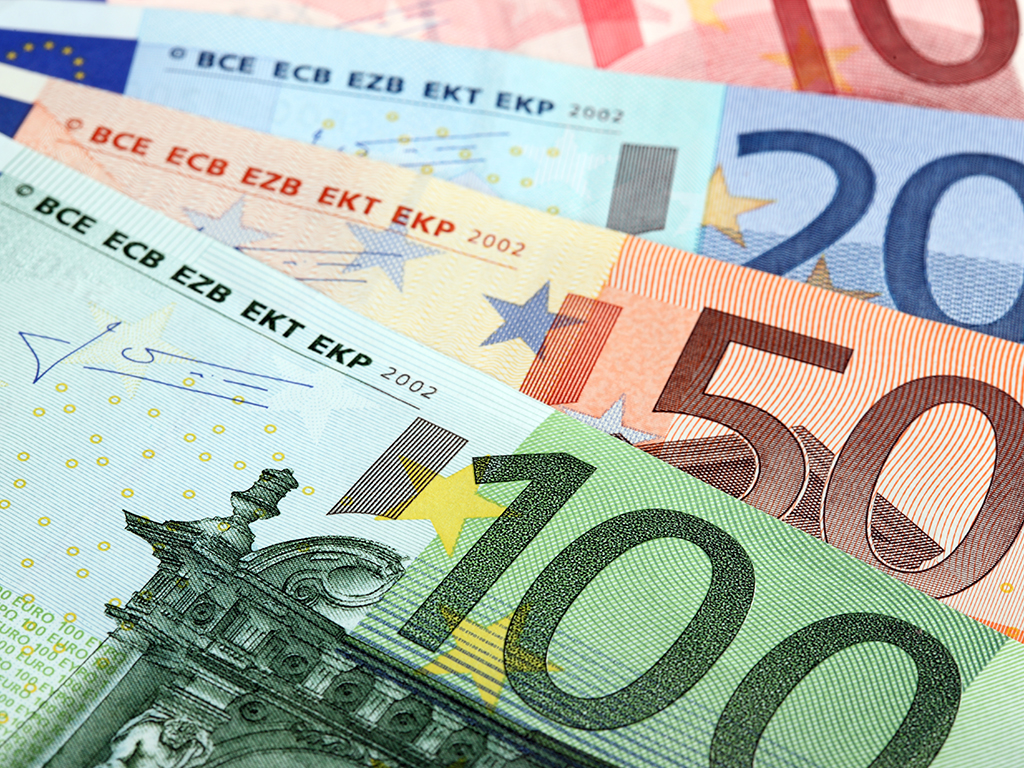Retail clients in Serbia owing the least in the region – Average debt EUR 986
(Photo: Maryna Pleshkun/shutterstock.com)

In each of these ten years, retail clients increased their banking debts, except for 2009, when the debt per client dropped by EUR 40 due to the global crisis. Since then, the biggest debt growth was recorded in 2016, when banking debts jumped by EUR 90 per client.
The total retail debts in 2016 amounted to EUR 6.97 billion, and refinancing loans and cash loans contributed the most. Thanks to the drop of interest rates on loans in both euros and dinars in 2016, a large number of retail clients replaced the expensive old debts with cheaper new ones, leading the refinancing loans to jump by as much as 52% last year, whereas cash loans rose by 18.5%.
Despite a large increase in debts, especially considering that the Serbian economy has gone through three recession in the past eight years, retail clients in Serbia are still among those with the lowest debts in the region, both in absolute terms and relative to the average salary.
The average debt per client of EUR 986 is 2.7 times as big as the net salary of EUR 370. Retail clients in Bosnia and Herzegovina owe BAM 2,407 on average, that is, EUR 1,230, which is 2.8 times more than the average salary of EUR 435. In Montenegro, retail clients owe three average salaries to banks, with the average retail client debt being EUR 1,550, and the average salary EUR 503. In the area of former Yugoslavia, Croatians are leaders in indebtedness. The ratio is slightly lower in Slovenia, where the average salary is EUR 1,020, and the average indebtedness over EUR 4,200 per retail client.
Viewed this way, it seems that there's still room for retail clients in Serbia to take out loans, and, according to Secretary General of ASB Veroljub Dugalic, indebtedness will increase with an increase in earnings.
This is confirmed by the examples of the developed countries of Europe. The countries with the highest standard – the Netherlands, Norway, Denmark, Sweden, have the highest household indebtedness/disposable income ratio. In Denmark, the average household indebtedness is 2.4 bigger than disposable income, in the Netherlands, the ratio is 2.7, and in Sweden 1.5. Eastern European countries of Lithuania and Latvia have the lowest indebtedness, below 40%.
However, the analysis of the ratio of indebtedness and bank deposits shows a different picture. All the listed countries have higher average deposits than average indebtedness, whereas the coverage of loans by deposits in Serbia is among the lowest ones in the region.
Companies:
 Udruženje banaka Srbije
Udruženje banaka Srbije
Tags:
Veroljub Dugalic
retail credit indebtedness
retail debts
credit standing
credits
interest rate
credits for refinancing
cash creditss
Comments
Your comment
Most Important News
Full information is available only to commercial users-subscribers and it is necessary to log in.
Follow the news, tenders, grants, legal regulations and reports on our portal.
Registracija na eKapiji vam omogućava pristup potpunim informacijama i dnevnom biltenu
Naš dnevni ekonomski bilten će stizati na vašu mejl adresu krajem svakog radnog dana. Bilteni su personalizovani prema interesovanjima svakog korisnika zasebno,
uz konsultacije sa našim ekspertima.


 Izdanje Srbija
Izdanje Srbija Serbische Ausgabe
Serbische Ausgabe Izdanje BiH
Izdanje BiH Izdanje Crna Gora
Izdanje Crna Gora


 News
News







